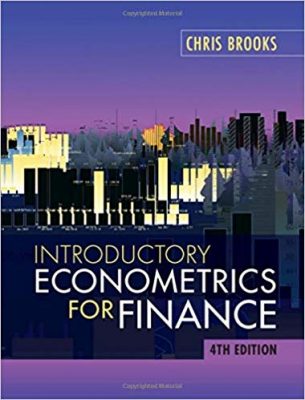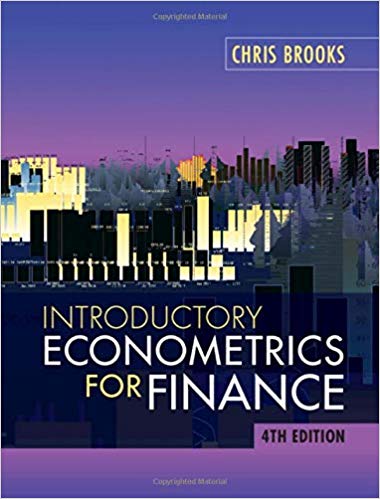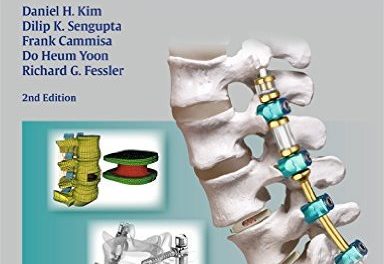 Author: Chris Brooks
Author: Chris Brooks
Publisher: Cambridge University Press – 696 pages
Book Review by: Sonu Chandiram
Now in its newest (fourth) edition released in 2019, this book was first published 17 years ago in 2002, with its second and third editions appearing in 2008 and 2014 respectively. Typically, newer editions of books signify that the book has been received well by readers and users. Most of the time, unless important new research and discoveries warrants a new edition, such events signify commercial success for publishing houses and authors.
A quick browsing of the content, organization and layout of material, and easy-to-understand language, show us that this is a user-friendly book. The titles of the chapters presented appear to be in order of difficulty from easiest to hardest. Below we list them to provide you an overview of what you will learn on the subject of financial econometrics:
- Introduction and Mathematical Foundations
- Statistical Foundations and Dealing with Data
- A Brief Overview of the Classical Linear Regression Model
- Further Analysis and Development of the Classical Linear Regression Model
- Classical Linear Regression Model: Assumptions and Diagnostic Tests
- Univariate Time-Series Modeling and Forecasting
- Multivariate Models
- Modeling Long-Run Relationships in Finance
- Modeling Volatility and Correlation
- Switching and State Space Models
- Panel Data
- Limited Dependent Variable Models
- Simulation Methods
- Additional Econometric Techniques for Financial Research
- Conducting Empirical Research or Doing a Project or Dissertation in Finance
Appendix 1. Sources of Data in this Book and Accompanying Software Manuals
Appendix 2. Tables of Statistical Distributions
In addition to above, access Online Resources at www.Cambridge.Org/Brooks4e and get:
- Additional chapter review questions, in multiple-choice format, with answers/feedback
- An extensive glossary
- Answers to end-of-chapter questions
- Data used in examples
- Detailed accompanying software manuals for the major econometrics packages
- Instructor-only multiple-choice test question banks
- Lecture slides in both
- Links to useful websites
- Video lectures covering some of the core material
This is essentially a book I best describe as practical and useful, with examples taken from current use in businesses of all sizes and companies of all types. It is down-to-earth and easily understandable and usable, with students needing very little no background in economics. It is actually more closely related to financial transactions than to economic theories and assumptions.
At the outset, the author Chris Brooks re-states his purposes and ends that led him to develop the first edition in 2002. Having experienced good reception from students and users, he seems to have developed sufficient assurance that what he did was right. Why change it? But he has added a few new ‘goodies’ to this fourth edition.
In brief, he reiterates that his main intentions for developing this updated edition are quite similar to the first one originally introduced in 2002:
- Using and applying the techniques in the econometrics of finance
- Requiring no prior knowledge of econometrics, but also introducing new approaches
- Using examples and terminology from finance rather than economics
- Showing case studies in current academic and business practice
- Including sample instructions, enabling readers and students to implement techniques
- Updating a companion website containing answers to end-of chapter questions, etc.
In sum, this is an excellent textbook in econometrics that has substantially and repeatedly demonstrated its success in teaching econometrics in finance. I highly recommend this book to all those seeking not only knowledge but also experience and expertise.
Author:
Chris Brooks is affiliated with the Henley Business School at the University of Reading in Reading, Berkshire, England.c







